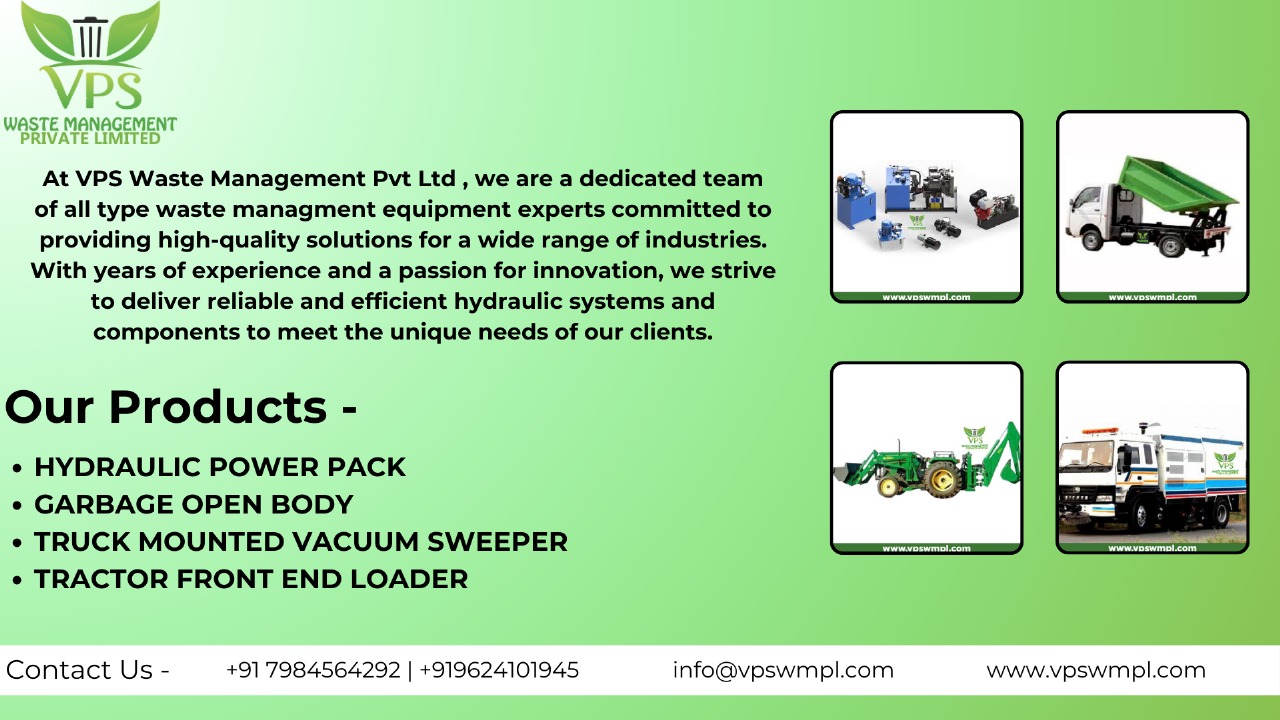Fogging Machine
A foggingmachine is a specialized device used to generate fine mist or fog by
converting liquid solutions (such as disinfectants, insecticides, sanitizers,
or deodorants) into tiny droplets. These droplets are dispersed into the air or
over surfaces to sanitize environments, control pests, suppress dust, or
maintain humidity. Fogging machines are commonly classified as thermal
foggers, cold (ULV) foggers, and electrostatic foggers,
depending on the technology used. Their portability, coverage efficiency, and
ability to reach inaccessible areas make them ideal for indoor and outdoor
sanitation and pest control.
Top 10 FAQs of Fogging Machines
- What is a fogging machine
used for?
Fogging machines are used for disinfection, pest control, deodorizing, and humidity control in various environments. - What are the types of
fogging machines?
Main types include: - Thermal foggers (use heat to create fog)
- ULV (Ultra Low Volume) foggers
(cold fogging)
- Electrostatic foggers (charged particles for
better coverage)
- What chemicals can be used
in a fogger?
Common solutions include disinfectants, insecticides, fungicides, sanitizers, essential oils, and deodorizers, depending on the application. - Is fogging safe for humans
and pets?
Yes, if used properly with approved chemicals and following safety instructions. Ensure ventilation and avoid direct exposure. - How does a thermal fogger
differ from a ULV fogger?
- Thermal foggers use heat to create dense
fog and are suitable for outdoor use.
- ULV foggers use high pressure to
atomize liquid and are preferred indoors due to minimal residue.
- What industries use fogging
machines?
Used in healthcare, agriculture, hospitality, warehouses, food processing, schools, offices, and residential areas. - How large an area can a
fogger cover?
Coverage depends on the model, but most foggers can cover 1,000–10,000 sq. ft. or more per tank. - Can foggers be used for
COVID-19 disinfection?
Yes, especially ULV or electrostatic foggers with certified disinfectants. - How often should fogging be
done?
Frequency depends on the purpose. For disinfection: daily or weekly. For pest control: as per infestation cycle. - Do fogging machines leave
residue?
ULV and electrostatic foggers leave minimal or no residue, while thermal foggers may leave visible deposits outdoors.
Applications of Fogging Machines
- Hospitals & Clinics – surface and air
disinfection.
- Schools & Offices – daily sanitization and
odor control.
- Agriculture & Greenhouses – pest and mold control in
crops.
- Food Processing Units – disinfection of machinery
and storage areas.
- Hotels & Restaurants – hygiene maintenance in kitchens and dining areas.
- Public Transport &
Airports –
disinfecting buses, trains, terminals, and cabins.
- Warehouses & Factories – pest control and
sanitization.
- Residential Buildings – mosquito and insect
control.
- Poultry & Livestock
Farms –
disease prevention in animals.
- Event Venues & Gyms – post-event sanitization
and odor management.
Benefits of Fogging Machines
- Efficient Coverage
Fine mist penetrates hard-to-reach places, cracks, and corners. - Time-Saving Operation
Fogging covers large areas quickly, reducing manual labor. - Multi-Purpose Use
One device can be used for disinfection, pest control, deodorizing, and humidification. - Cost-Effective
Low chemical usage due to ultra-fine droplet distribution. - Environmentally Friendly
Reduces overuse of chemicals and waste generation. - Portability & Ease of
Use
Lightweight models with ergonomic design for simple operation. - Effective Air & Surface
Sanitization
Fogging treats both airborne pathogens and surface contaminants. - Low Maintenance Requirements
Minimal moving parts and easy cleaning. - Customizable for Different
Environments
Adjustable droplet size and flow for various applications. - Increased Safety &
Hygiene Standards
Critical for public health, especially in post-pandemic environments.
Contact
us more details:
Call: +91 7984564292 +919624101945
Email: vpswmpl@gmail.com info@vpswmpl.com
Address: Ahmedabad Office : Shed No. B-21, Shree Mahalaxmi Estate, Wandervat
Talav, Near Shankeshwar Estate, GIDC Vatva, Ahmedabad - 382440, Gujarat,
INDIA.

